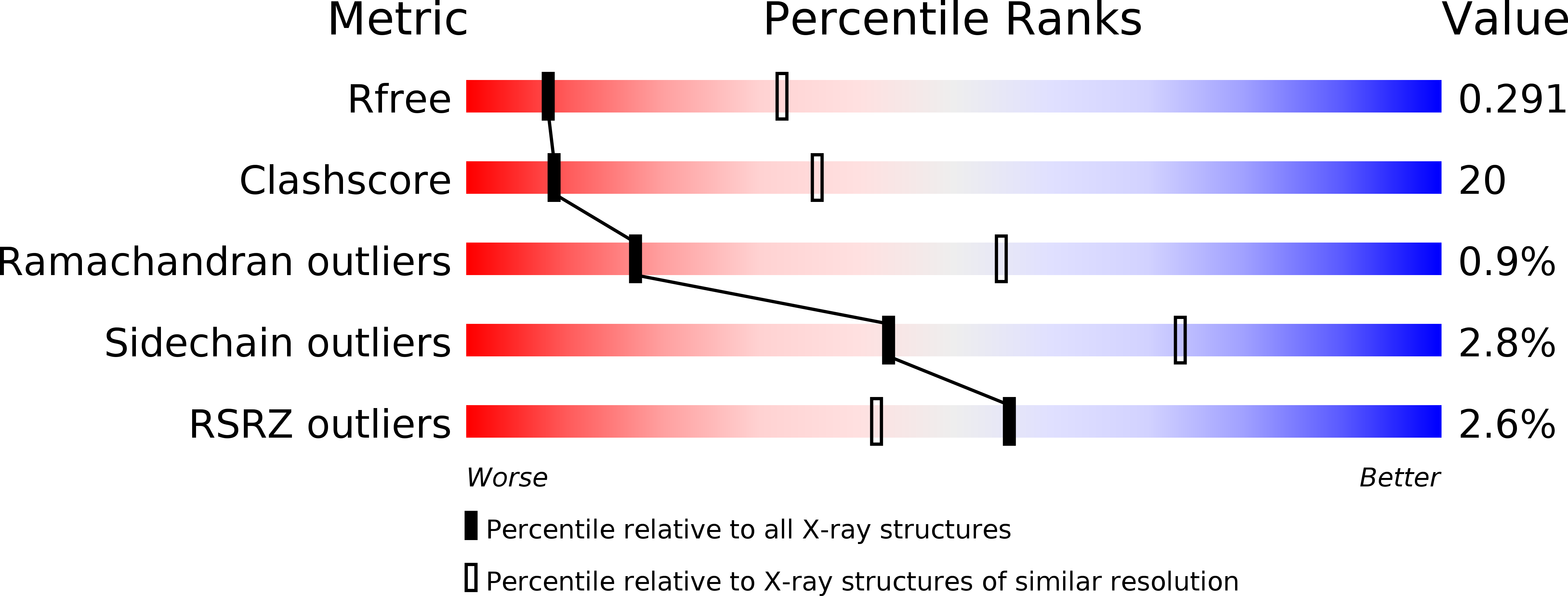
Deposition Date
2018-10-09
Release Date
2019-09-18
Last Version Date
2024-10-23
Entry Detail
PDB ID:
6IJA
Keywords:
Title:
Crystal Structure of Arabidopsis thaliana UGT89C1 complexed with UDP-L-rhamnose
Biological Source:
Source Organism:
Arabidopsis thaliana (Taxon ID: 3702)
Host Organism:
Method Details:
Experimental Method:
Resolution:
3.21 Å
R-Value Free:
0.29
R-Value Work:
0.21
R-Value Observed:
0.21
Space Group:
P 1 21 1


